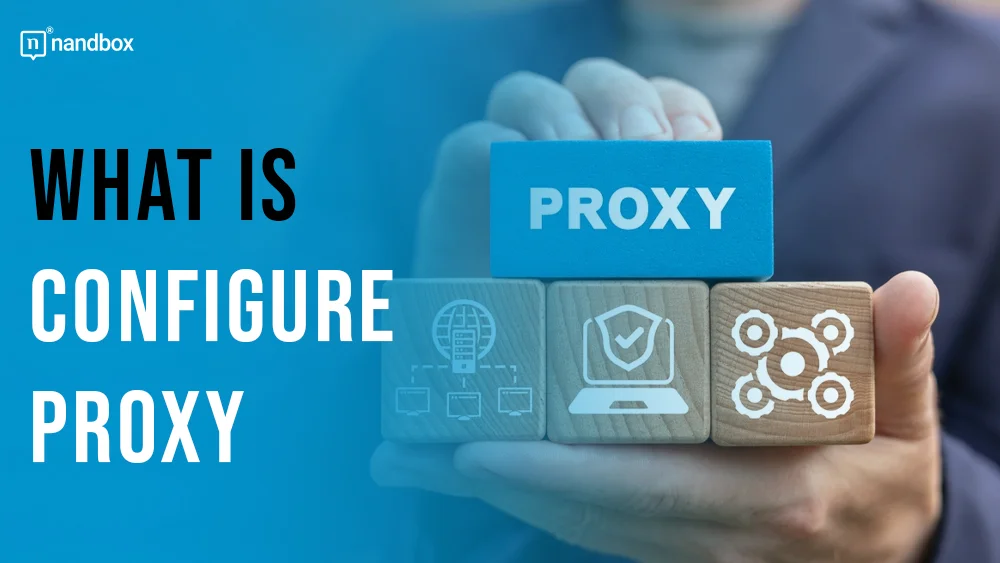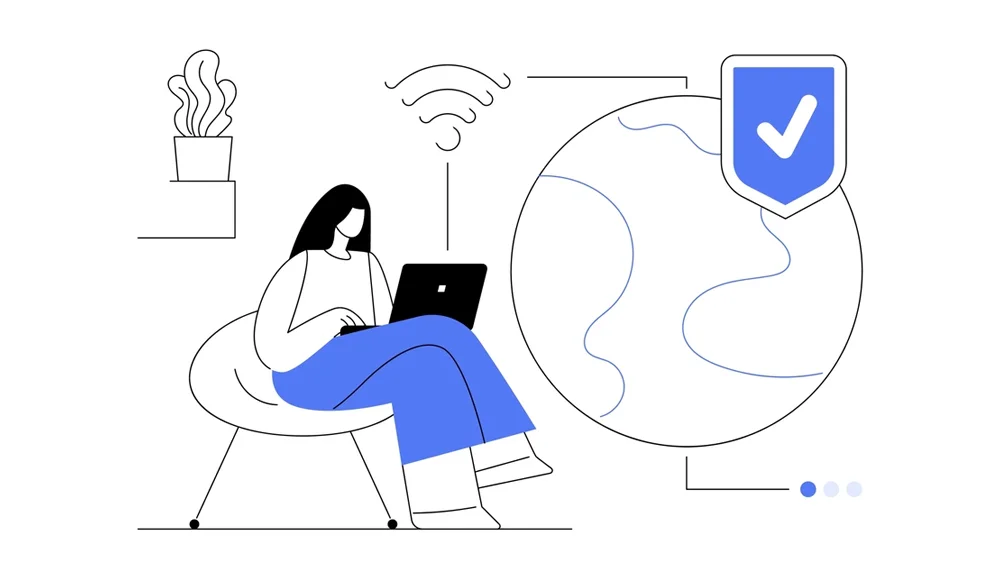What is Configure Proxy?
In today’s digitally driven world, where online privacy and security are paramount concerns, understanding the concept of a proxy and how to configure it is essential. Whether you’re a casual internet user or a business professional, configuring a proxy can offer numerous benefits. In this article, we delve into the intricacies of what it means to configure a proxy, why it’s important, and how to do it effectively.
Understanding Proxies
Before diving into the specifics of configuring a proxy, it’s crucial to grasp the fundamentals of what a proxy is and how it operates. A proxy acts as an intermediary between a user’s device and the internet. It facilitates the transmission of data requests, allowing users to browse the web anonymously or access content that may be restricted in their geographical location.
Proxies come in various forms, including:
- HTTP proxies
- SOCKS proxies
- SSL proxies
Each type serves different purposes and offers distinct features. Regardless of the type, proxies function by intercepting requests from users and forwarding them to the intended destination, masking the user’s IP address in the process.
What is a Configured Proxy?
A configured proxy involves setting up a server on a device or network to direct internet traffic through a specific intermediary, requiring details like the server’s address, port number, and access credentials. Its main goal is to hide the user’s IP address, boosting privacy and security.
Benefits of Configuring a Proxy
Configuring a proxy offers a myriad of benefits for both individual users and organizations. Some of the key advantages include:
- Enhanced Security and Privacy: By routing internet traffic through a proxy server, users can obscure their IP addresses and encrypt their data, reducing the risk of surveillance and unauthorized access by third parties.
- Access to Restricted Content: Proxies allow users to bypass geo-restrictions and access content that may be blocked or unavailable in their region. Also, this enables individuals to stream videos, access websites, and download files without encountering geographical barriers.
- Improved Network Performance: In addition to enhancing privacy and bypassing restrictions, proxies can also improve network performance by caching frequently accessed content and reducing bandwidth usage. This results in faster load times and smoother browsing experiences for users.
How to Configure a Proxy
Configuring a proxy server is a straightforward process that allows users to route their internet traffic through a designated intermediary. Whether you’re looking to enhance privacy, access restricted content, or improve network performance, configuring a proxy is a vital step in achieving these goals. Here’s a detailed guide on how to buy cheap proxies and set it up on your device.
Manual Configuration Steps
- Purchase a Proxy: Before you can configure a proxy, you need to acquire one. There are numerous online services where you can buy proxy tailored to your specific needs. Choose a reputable provider that offers proxies with features such as high anonymity, fast speeds, and reliable uptime.
- Access Network Settings: Once you’ve purchased a proxy, access the network settings on your device where you want to configure it. This can typically be found in the settings menu under “Network” or “Internet.”
- Enter Proxy Details: In the network settings, locate the proxy configuration section. Here, you’ll need to enter the details of the proxy you purchased, including the proxy server’s address and port number. If your proxy requires authentication, such as a username and password, make sure to provide these as well.
- Save Settings: After entering the proxy details, save the settings and exit the network configuration menu. Some devices may require you to restart them for the changes to take effect, so be sure to follow any prompts accordingly.
Manual Configuration Steps
- Access the network settings on your device.
- Locate the proxy settings option and enter the proxy server’s address and port number.
- If required, enter any authentication credentials, such as username and password.
- Save the changes and restart your device to apply the new proxy settings.
Automatic Configuration Methods
Some software applications and network environments offer automatic proxy configuration options, where proxy settings are configured dynamically based on predefined rules or scripts. This can streamline the configuration process and ensure consistency across multiple devices or users.
Common Issues with Proxy Configuration
While configuring a proxy can offer numerous benefits, it may also lead to various issues and challenges. Some common issues include:
- Connection Errors: Users may encounter connection errors when attempting to access the internet through a proxy server, resulting from misconfigured settings or server issues.
- Authentication Problems: Authentication errors may occur if the proxy server requires valid credentials for access, and the user fails to provide the correct username and password.
- Compatibility Issues: Certain websites or applications may not be compatible with proxy servers, leading to compatibility issues and restricted access to specific content or features.
Best Practices for Proxy Configuration
To ensure optimal performance and security when configuring a proxy, consider implementing the following best practices:
- Regularly Updating Proxy Settings: Periodically review and update proxy settings to accommodate changes in network configurations or proxy server availability.
- Using Reputable Proxy Servers: Choose reputable proxy servers with reliable uptime and security features to minimize the risk of data breaches or performance issues.
- Testing Proxy Configurations: Before deploying proxy configurations across a network or device, thoroughly test the settings to identify any potential issues or conflicts.
Conclusion
In conclusion, configuring a proxy is a fundamental aspect of maintaining online privacy, security, and accessibility. Understanding proxy configuration and adhering to best practices enables enhanced privacy, content access, and network performance. Essential for both personal and business use, proxy setup is crucial in the digital world.
FAQs (Frequently Asked Questions)
What is a proxy server?
A proxy server acts as an intermediary between a user’s device and the internet, facilitating the transmission of data requests and enhancing privacy and security.
Why is proxy configuration important?
Proxy configuration is essential for routing internet traffic through designated servers, thereby concealing the user’s IP address and enhancing security and privacy.
What are the different types of proxies?
There are various types of proxies, including HTTP proxies, SOCKS proxies, and SSL proxies, each serving different purposes and offering distinct features.
How can I configure a proxy on my device?
Proxy configuration can be done manually by accessing the network settings on your device and entering the proxy server’s address and port number.
What are some common issues with proxy configuration?
Common issues with proxy configuration include connection errors, authentication problems, and compatibility issues with certain websites or applications.







